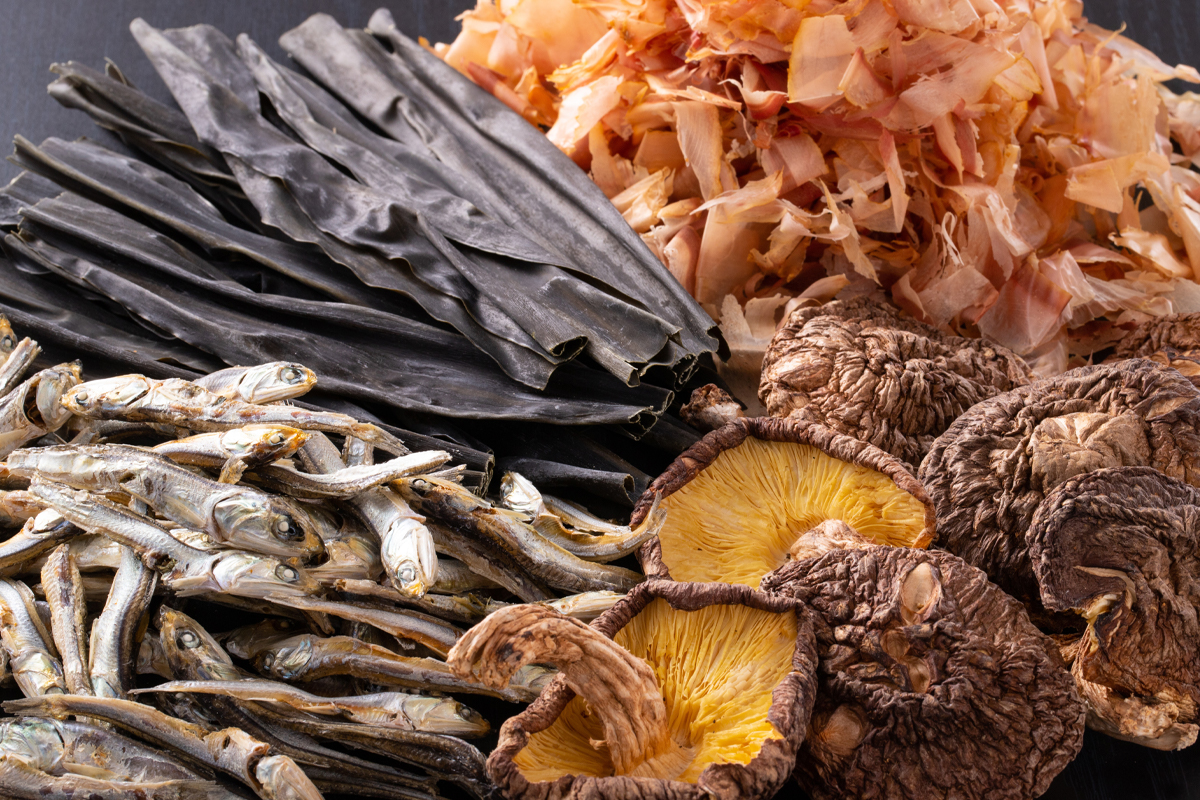Experiment with Umami
Umami, often referred to as the "fifth taste" alongside sweet, salty, sour, and bitter, is a savory flavor that adds depth and richness to dishes. It is a key component in many cuisines around the world, enhancing the overall taste experience and making dishes more satisfying. Understanding and experimenting with umami can elevate your cooking, allowing you to create more complex and flavorful dishes. From adding depth to soups to enriching sauces, umami is a versatile element that can transform your recipes.
Sources of Umami
- Soy Sauce: A staple in many Asian cuisines, soy sauce is rich in umami due to its fermentation process. It adds depth to marinades, stir-fries, and sauces.
- Mushrooms: Varieties like shiitake, porcini, and maitake are high in umami. Dried mushrooms, in particular, offer a concentrated umami flavor that can enhance soups, stews, and sauces.
- Tomatoes: Tomatoes, especially when cooked down or concentrated into paste, are rich in umami. They contribute a savory depth to sauces, soups, and stews.
- Cheeses: Aged cheeses like Parmesan, Gouda, and Roquefort are packed with umami. They add a savory richness to dishes and are perfect for grating over pasta or salads.
- Seafood: Ingredients like anchovies, fish sauce, and kombu (dried seaweed) are excellent sources of umami. They can enrich broths, dressings, and various seafood dishes.
- Fermented Products: Foods such as miso, kimchi, and sauerkraut are rich in umami due to their fermentation. They provide a complex flavor profile to a wide range of dishes.
How to Experiment with Umami
- Add umami-rich ingredients: Incorporate ingredients high in umami into your dishes to enhance flavor. Experiment with adding a splash of soy sauce, a sprinkle of Parmesan, or a spoonful of miso to see how they elevate the taste.
- Combine umami sources: Combine different umami-rich ingredients to create a more complex flavor profile. For instance, adding mushrooms and tomatoes to a sauce can deepen its savory taste.
- Balance with other flavors: Ensure that umami elements are balanced with sweet, salty, sour, and bitter components. This balance will enhance the overall flavor and prevent the dish from becoming too one-dimensional.
- Experiment with fermentation: Try incorporating fermented foods into your cooking. Adding a small amount of kimchi or sauerkraut can introduce a unique umami flavor and add a touch of tanginess to your dishes.
Common Mistakes to Avoid
Experimenting with umami can be tricky. Here are some common mistakes to avoid:
- Overusing umami ingredients: Adding too much umami-rich ingredient can overwhelm the dish. Start with small amounts and adjust gradually to avoid overpowering other flavors.
- Neglecting balance: Focusing solely on umami can lead to a lack of flavor complexity. Ensure that you balance umami with other taste elements to create a well-rounded dish.
- Ignoring ingredient quality: The quality of umami-rich ingredients affects the overall flavor. Use fresh, high-quality ingredients to achieve the best results.
- Forgetting about seasoning: While umami enhances flavor, it doesn't replace the need for proper seasoning. Continue to taste and adjust salt and other seasonings as needed to perfect the dish.

